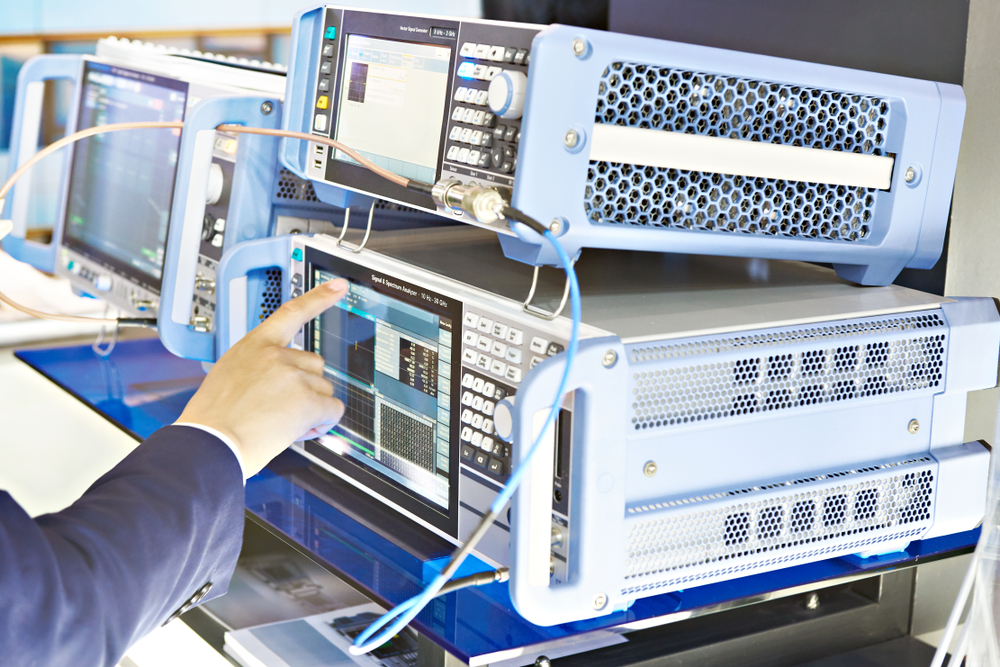

Power stations were provided with output circuit breakers. With the advent of widespread electricity generation and power supply lines from the late 19th century on, problems also arose with equipment short-circuit failure affecting the power supply, and with local fire and shock hazard when the power line was struck by lightning. Lightning rods or lightning conductors began to appear in the mid-18th century. The earliest EMC issue was lightning strike (lightning electromagnetic pulse, or LEMP) on ships and buildings. In practice, many of the engineering techniques used, such as grounding and shielding, apply to all three issues. Interference mitigation and hence electromagnetic compatibility may be achieved by addressing any or all of these issues, i.e., quieting the sources of interference, inhibiting coupling paths and/or hardening the potential victims. A third class studied is coupling, which is the mechanism by which emitted interference reaches the victim. Immunity is the opposite of susceptibility, being the ability of equipment to function correctly in the presence of RFI, with the discipline of "hardening" equipment being known equally as susceptibility or immunity. The second class, susceptibility, is the tendency of electrical equipment, referred to as the victim, to malfunction or break down in the presence of unwanted emissions, which are known as Radio frequency interference (RFI). EMC studies the unwanted emissions and the countermeasures which may be taken in order to reduce unwanted emissions.

Emission is the generation of electromagnetic energy, whether deliberate or accidental, by some source and its release into the environment. It is also the name given to the associated branch of electrical engineering.ĮMC pursues three main classes of issue. The goal of EMC is the correct operation of different equipment in a common electromagnetic environment. Log-periodic antenna measurement for outdoorsĮlectromagnetic compatibility ( EMC) is the ability of electrical equipment and systems to function acceptably in their electromagnetic environment, by limiting the unintentional generation, propagation and reception of electromagnetic energy which may cause unwanted effects such as electromagnetic interference (EMI) or even physical damage to operational equipment. The furniture has to be made of wood or plastic, not metal. Electrical engineering concept Anechoic RF chamber used for EMC testing (radiated emissions and immunity).


 0 kommentar(er)
0 kommentar(er)
